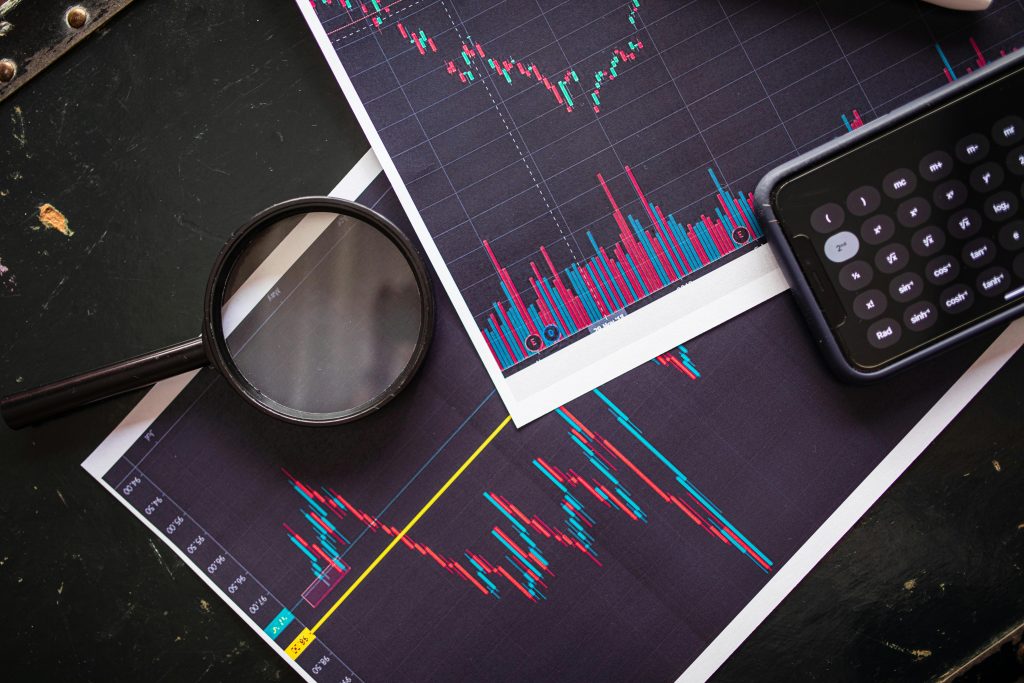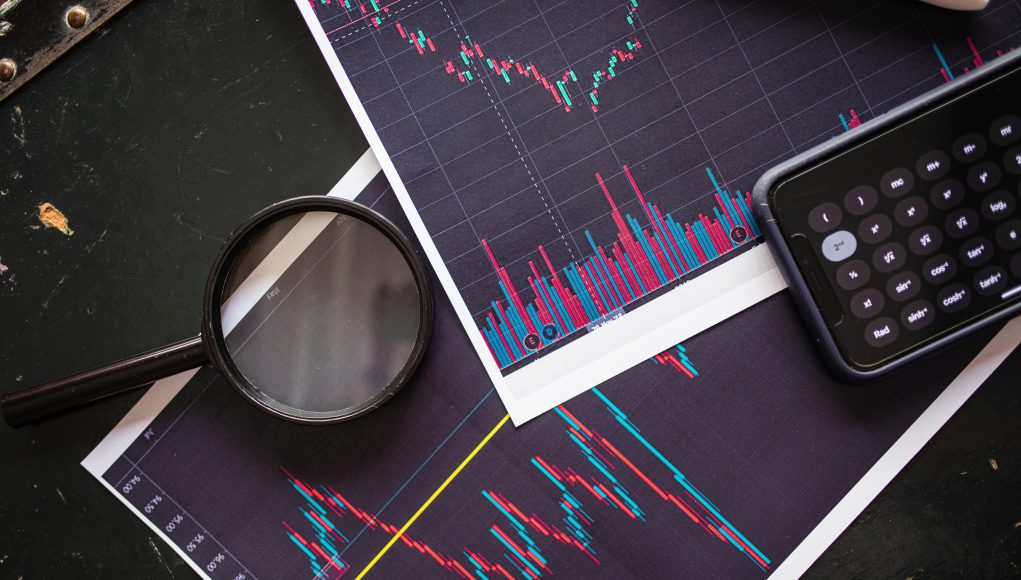
(Singapore, 09.10.2025)Asian stock markets climbed again on Thursday, fueled by a renewed wave of optimism around artificial intelligence (AI) investments, even as oil prices dipped following reports of a ceasefire deal between Israel and Hamas.
The rally across Asia followed strong overnight gains in U.S. tech shares, with investors piling back into AI-related sectors that have dominated markets for most of the year. At the same time, gold prices held near record highs, while the dollar continued to flex its strength.
AI enthusiasm once again swept through global markets, pushing the S&P 500 and Nasdaq to new record highs. Investors, encouraged by a steady stream of big-ticket announcements and robust earnings forecasts, showed little hesitation in buying back into the sector after recent dips.
“The AI theme remains intact as we see another stream of multi-billion-dollar investments coming into the space,” analysts at JPMorgan said in a note to clients. “While some worry that the AI boom might be cyclical, the market continues to reward this narrative until proven otherwise.”
Tech earnings forecasts have jumped sharply ahead of the upcoming results season. Analysts now expect earnings in the sector to grow by 20.9%, up from 15.9% in June. About 81% of tech firms have seen their estimates upgraded, led by AI chip leader Nvidia and iPhone maker Apple.
Overall, U.S. corporate earnings are projected to rise 8% in the third quarter, with revenues up 6.3%.
Japan, Taiwan Stocks Near Record Highs
Asian equities mirrored the upbeat tone from Wall Street. Japan’s Nikkei 225 surged 1.4%, inching closer to its all-time high, driven by a wave of foreign inflows. Data showed offshore funds purchased a net 2.5 trillion yen (around US$16.4 billion) worth of Japanese shares in the week ending October 4.
In Taiwan, the benchmark Taiex Index climbed 1.2% to hit a fresh record, powered by semiconductor and tech hardware stocks. The region-wide MSCI Asia-Pacific ex-Japan Index also gained 0.3%, marking its fourth straight session of gains.
Chinese markets reopened after a week-long National Day holiday, with the CSI 300 index adding 0.4%. Investors were weighing Beijing’s announcement of new export restrictions on rare earth minerals and related equipment — a move likely to deepen trade tensions with the United States.
Meanwhile, futures for the S&P 500 and Nasdaq were largely steady after Wednesday’s strong rally. In Europe, however, futures for the EURO STOXX 50, FTSE 100, and DAX each slipped about 0.2%, suggesting a more cautious start to the day.
Oil Eases as Gaza Tensions Cool
Oil prices retreated as geopolitical tensions in the Middle East eased. According to Reuters, Brent crude fell 0.6% to US$65.89 per barrel, while U.S. West Texas Intermediate (WTI) slipped 0.7% to US$62.12.
The pullback came after reports that Israel and Hamas had agreed to the first phase of a ceasefire plan aimed at ending their two-year conflict. U.S. President Donald Trump said he may travel to Egypt this weekend to discuss next steps in the peace process.
Gold Stays Above $4,000 as Investors Seek Safety
Gold prices eased slightly to US$4,031 per ounce, but the precious metal remains up nearly 4% for the week. The rally has been fueled by expectations of further U.S. interest rate cuts and rising demand from central banks seeking to diversify reserves.
Many investors have also turned to gold as a hedge against what they see as growing fiscal risks — including ballooning government debt and a potential long-term decline in the U.S. dollar.
“Gold continues to attract those who want assets that can’t be printed or debased,” said an analyst at a major global bank. “Central bank purchases and speculative inflows are both supporting this momentum.”
Fed Minutes Signal More Rate Cuts Ahead
Bond markets were little changed after the release of minutes from the U.S. Federal Reserve’s latest meeting. The minutes revealed that while most policymakers favored more easing, several voiced concern about upside risks to inflation.
Still, traders are betting heavily on continued rate cuts. Futures markets now price in a 94% chance of another quarter-point cut in November and expect about 44 basis points of total easing by the end of the year.
“We expect that further weakening in the labor market will push most Fed officials to support rate cuts at each of the next four meetings,” economists at Citi wrote in a research note.
The yield on 10-year U.S. Treasuries edged down slightly to 4.115%, shrugging off a lackluster bond auction earlier in the week.
Dollar Dominance Continues
In currency trading, the U.S. dollar held firm near an eight-month high against the Japanese yen, trading around ¥152.54. The greenback has jumped 3.5% this week amid worries about rising Japanese government borrowing and the Bank of Japan’s cautious stance on tightening policy.
The euro steadied at US$1.1641 after slipping to a six-week low overnight, pressured by weak German industrial data that showed the sharpest monthly drop in output in more than three years.
As markets continue to rally on AI optimism, analysts warn that valuations are increasingly stretched and could face a reality check once corporate earnings and macro data start to reflect slower global growth.
For now, however, the powerful mix of AI excitement, easing inflation expectations, and tentative signs of peace in the Middle East has given investors plenty of reasons to stay bullish.





































